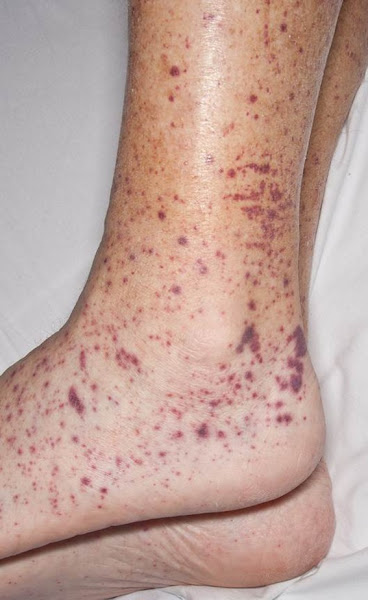The Best 8 Spots Skin Signs Of Liver Damage - Age spots are tiny, flat regions of discoloration on the skin. They vary in size and are most often seen on sun-exposed regions such as the face, hands, shoulders, and arms. Sunspots, liver spots, and solar lentigines are all terms used to describe age spots. Age spots are quite frequent in persons over the age of 50, although they may also occur in younger people who spend time in the sun. The following signs of liver illness manifest themselves on the skin: 1. Vascular alterations, such as spider nevi, teleangiectasias, and palmar erythema. 2. Changes in the color of the nails, especially white nails. 3. Mucous membrane changes, e.g., glossy tongue. 4. Hormone-related changes, most notably gyneco-mastia, female hair distribution, and testicular shrinkage 5.
The Mayo Clinic recommends that anybody worried about their liver be mindful of one symptom: spider-like blood vessels on the skin. Medical practitioners refer to this form of vascular lesion as a spider angioma, spider naevus, or spider telangiectasia. They are more prevalent in those with fair skin over the age of 40, although anybody may get liver spots. These spots are often light to dark brown in color and form on areas of the body that are exposed to the sun's harmful UVA/B radiation on a regular or frequent basis.
Along with Bier spots, liver disease patients have been reported to develop jaundice, spider angiomas, palmar erythema, and "paper money" skin. This section discusses how to tell the difference between Bier spots and pigmentation disorders. Shutterstock The general appearance of the skin with liver illness Chronic liver disease may manifest itself in a variety of ways. Yellowing, spider nevi, leuconychia, and fin-ger clubbing are all well-known characteristics (Figures 1 a, b and 2). Palmar erythema, "paper money" skin (Figure 3), rosacea, and rhinophyma are all prevalent yet often missed by the harried practitioner.













